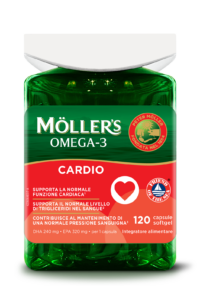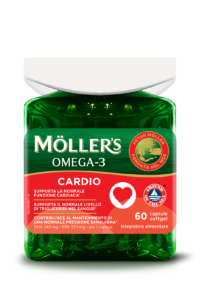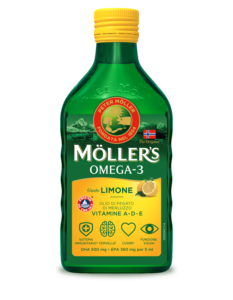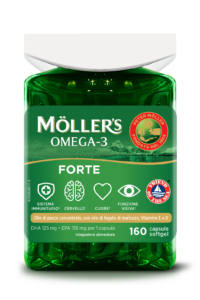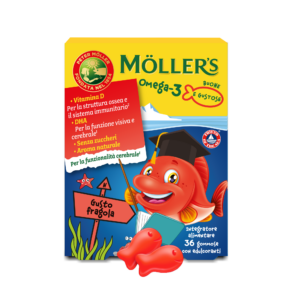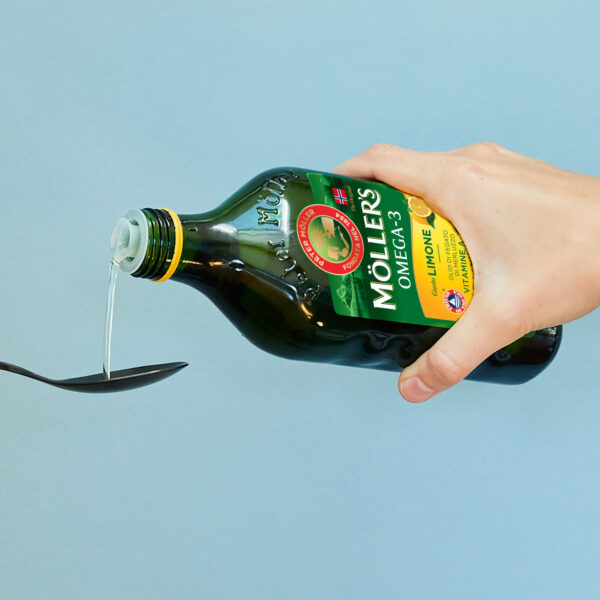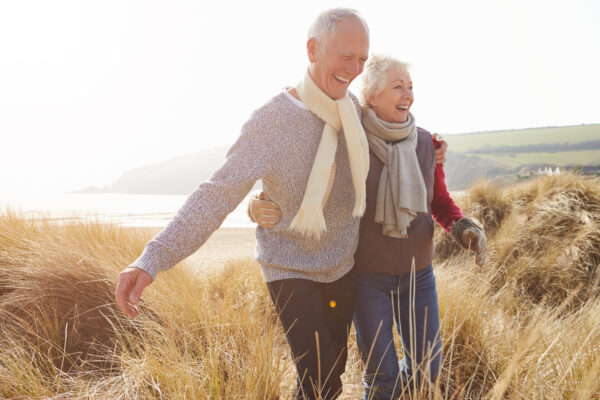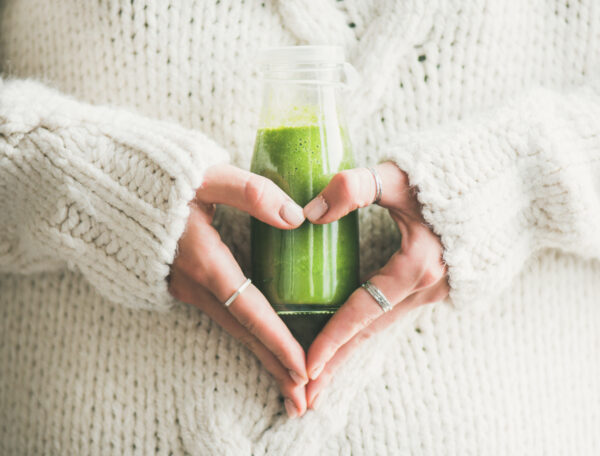Le ginocchia doloranti e la difficoltà ad aprire un barattolo sono qualcosa che molti di noi credono che dovremmo accettare come parte dell’invecchiamento. Ma è davvero così?
Home » Allevia e previene i dolori articolari
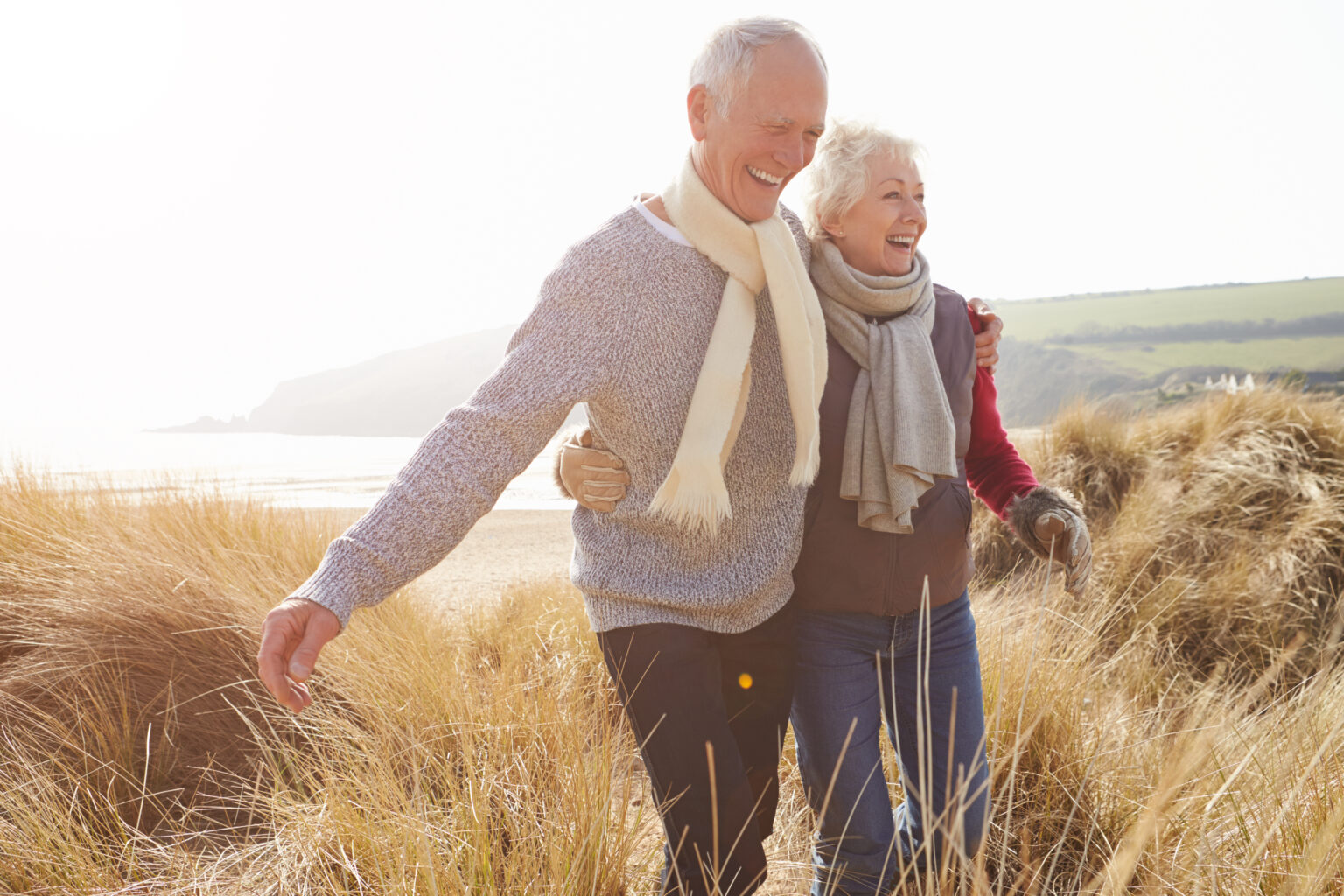
Ulteriori informazioni sull’invecchiamento sano
Anche e ginocchia sono i primi luoghi in cui avvertiamo dolore quando invecchiamo. Questo ci ricorda che il nostro corpo non è più l’ultimo modello. Nel corso degli anni, i cambiamenti nella cartilagine articolare e nei legamenti causano dolore, gonfiore e ridotta mobilità. Ma sebbene l’artrite o l’osteoartrosi colpiscano molti over 40, c’è molto che puoi fare sia per prevenire che per alleviare i sintomi.
Prevenire i dolori articolari con l’attività fisica
L’esercizio fisico ti dà così tanti benefici per la salute che è sciocco non farlo. L’attività previene l’irrigidimento delle articolazioni e rafforza i muscoli in modo che possano sostenere e alleviare le articolazioni. Anche se soffri di disturbi reumatici, in una certa misura sarai in grado di mantenerti in forma con un regolare esercizio fisico. E i cambiamenti nel corpo causati dalla malattia potrebbero non avere un effetto così grave. Cerca di fare almeno 30 minuti di attività fisica al giorno. Puoi suddividerlo in sezioni, ad esempio, di 10 minuti ciascuna.
È importante fare esercizi che non sovraccarichino troppo le articolazioni. Il nuoto e qualsiasi esercizio in acqua sono perfetti, soprattutto in una piscina riscaldata, perché il calore allevia il dolore e migliora la mobilità. Il ciclismo, lo sci di fondo, la ginnastica dolce, l’allenamento della forza con macchine o elastici e la camminata sono tutti esercizi che sollecitano poco le articolazioni.
Previeni i dolori articolari durante l’attività fisica
Se non ti alleni da un po’, è importante ascoltare il tuo corpo.
È comune avvertire dolore quando si inizia ad allenarsi per la prima volta perché le articolazioni e i muscoli sono esposti a uno stress insolito. Ma se il dolore continua dopo un po’, l’allenamento potrebbe essere troppo stressante per le tue articolazioni e dovresti provare qualcos’altro. Un fisioterapista può aiutarti a determinare quale tipo di esercizio è più adatto a te.
Se soffri di artrite, è intelligente esercitare anche le dita. Impastare la pasta per il pane è un buon allenamento per le dita. Quindi, se non sei stato il più grande panettiere, hai buone ragioni per esserlo adesso!
I giunti Omega-3 di Möller sono progettati appositamente per alleviare le articolazioni rigide e mantenerle in buone condizioni. Oltre agli omega-3 e alla vitamina D, contiene rame, che aiuta a preservare il tessuto connettivo delle articolazioni. Contiene anche lo zenzero, tradizionalmente utilizzato per alleviare e diminuire i dolori articolari.
What is good health?
Do you have a good lifestyle?
Lifestyle simply means the way in which you live. Health and lifestyle go hand in hand. You might feel you have a good lifestyle if you are physically active, eat healthily and generally experience a sense of wellbeing. Conversely, if you want good health you should also have a good lifestyle.
Physical activity is the major contributor to a good lifestyle, but diet, drugs, stress, sleep and social conditions are also play an important role. Being able to use the body properly to avoid injury also affects lifestyle. Physical activity can also prevent depression and help you to recover more quickly from mental illness, both of which obviously affect your lifestyle.
Diet can be a difficult topic for many. Perhaps you eat too much or too little or maybe you find it hard to know what foods to combine to have a balanced diet. It’s also important to eat food that contains important vitamins, minerals and dietary fibre, omega-3 and antioxidants. On top of all this, you also need to get enough energy, protein and the correct fatty acids. The requirement for these nutrients changes throughout your life. When you are older you also have different requirements than children and younger adults. Women also have different requirements than men. Pregnant and breastfeeding mothers also have special requirements.
When you get older, you lose muscle mass and your body requires less energy and therefore less food. You may lead a less active life than you did before, which is why you require less food. However, your need for minerals, vitamins and other nutrients remains the same. Of course, there are plenty of healthy and active older people, but when you reach 70 to 80 years of age, it’s easier to become ill, especially during flu season.
Some steps you can take to improve your lifestyle and health are to:
- eat a healthy and varied diet
- stay active
- watch your weight
- avoid too much alcohol and don’t smoke
- get enough sleep
- think positive
- practise good hygiene
What is good quality of life?
The World Health Organisation (WHO) defines quality of life as a state where the individual can realise their potential, cope with normal stressful situations, work in a rewarding and positive way, and be able to contribute to others and society.
Quality of life is a wide and somewhat diffuse concept that includes joy in, and a desire for, life. These are values that are rather felt than measured, which in turn are based on personal environment and choices. Quality of life doesn’t necessarily depend on being healthy or sick. It’s the moments between worries, sorrows, problems and ailments that matter. For example, if you have a chronic illness, a feeling of mastery can be important when talking about quality of life.
To sum up, quality of life is a combination of health, lifestyle, networks and social support. It’s about experiencing joy, meaning in life, satisfaction, security and a sense of belonging, as well as being able to use your strengths. It’s also about feeling interest in life, coping with everyday situations and a being committed to something or someone. If you have good quality of life, you will be able to cope better with the inevitable stressful situations in life.
Learn more
Proprietà e benefici dell’olio di fegato di merluzzo
benefici dell'olio di fegato di merluzzo
Allevia e previene i dolori articolari
dolori articolari
Rimani in salute con un sistema immunitario forte
sistema immunitario
Get inspiration on our Instagram
